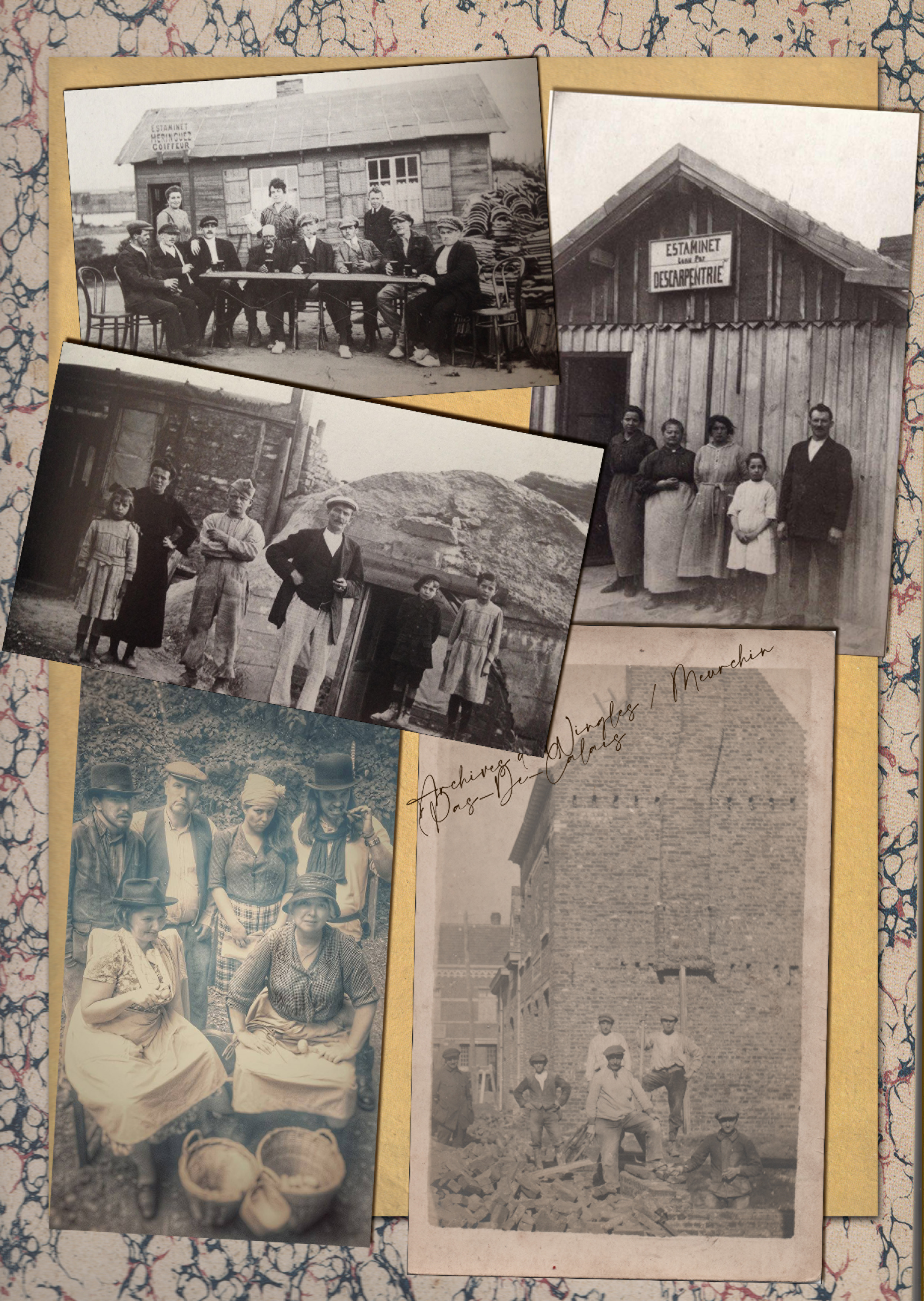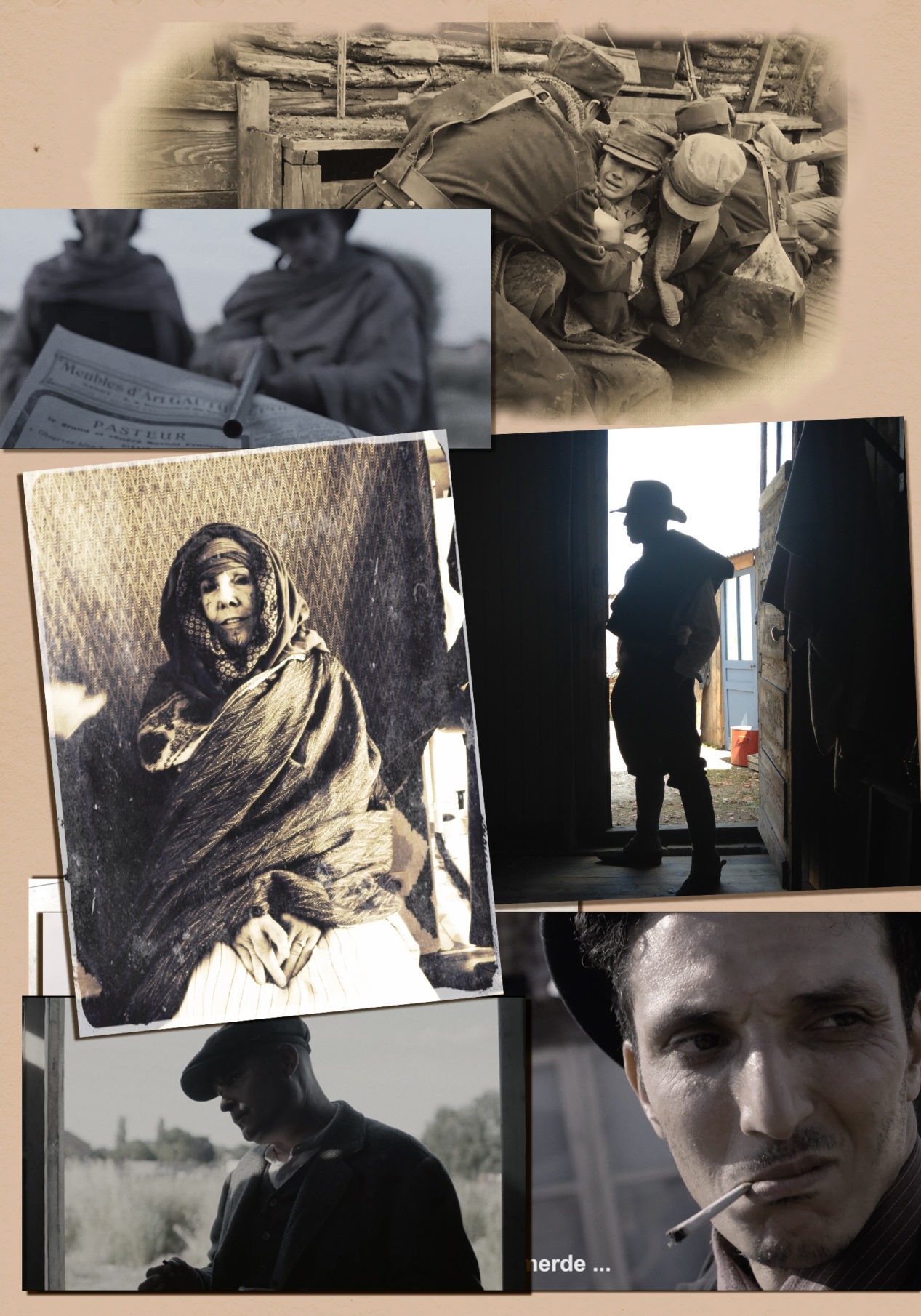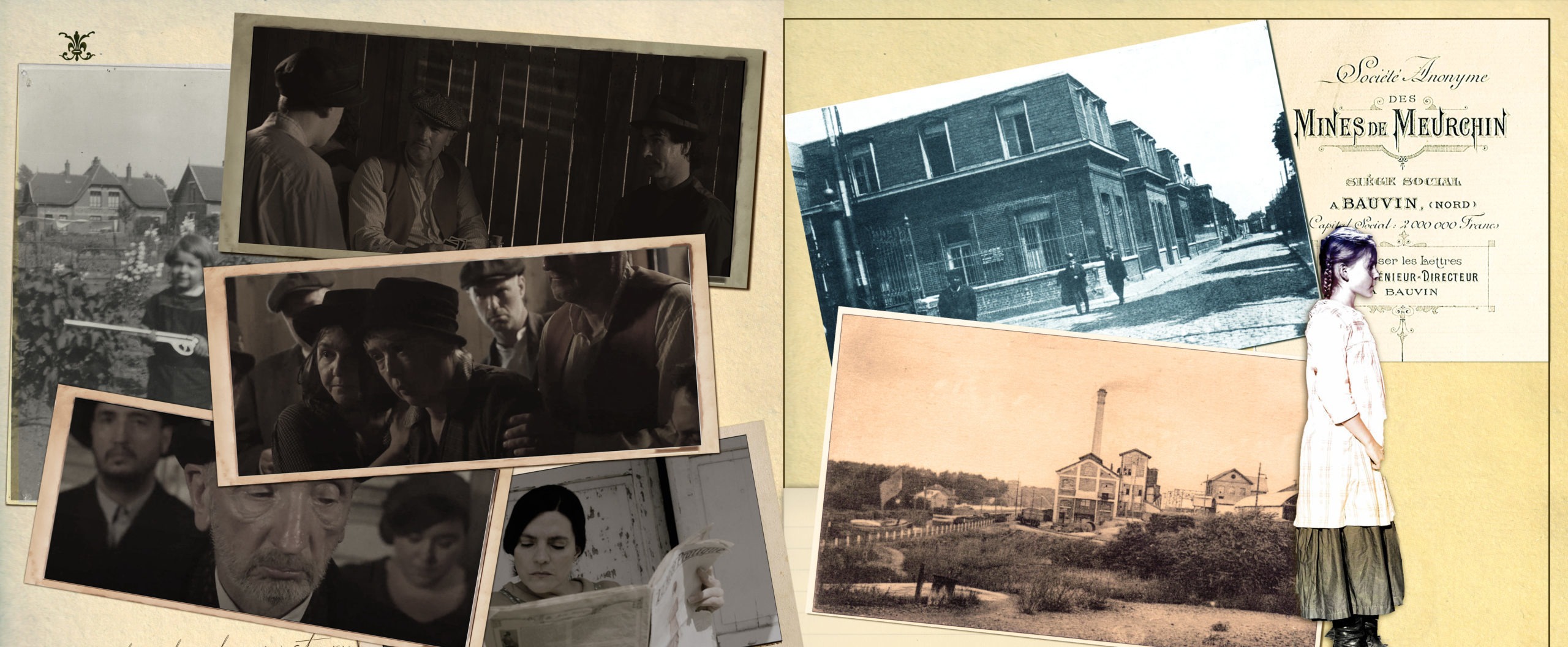
The 20’s…
The series begins in the period between the two world wars. The reconstruction after the first conflict gives rise to a rather peculiar floating phase in the population. In this 90% destroyed Northern France, this cosmopolitan mix of people, often of immigrant origin, lives in makeshift shelters. Wooden barracks, old bunkers, converted quarries or Nissen huts with their semi-cylindrical corrugated iron sheets rise up in our shattered countryside and cities.
In order to stick as closely as possible to this reality, the work of the author, director of the series, is based on historical archives: photos, testimonies, immigration records or records of the Northern Mining companies. This meticulous research required the participation of history buffs as well as the involvement of organizations such as union houses or archives in the region, which she skilfully exploited. This information has allowed her to build this small “western ch’ti” world, the originality of the series.
You will have understood, even if the fantasy invites itself in the adventure, the historical data occupies a dominating place in the series.

Everyone has something to hide…
The recession of the time forces the characters to manage, they are forced to fight on several fronts: Italy claims its nationals who fought for France, the Company of the Mines hires for the war effort, the working conditions are execrable, some are wanted deserters, the women want to take their revenge on the war and claim rights in the same way as the men, they want their independence, others have false papers…
In Gliwensbourg, where the swamp is gradually swallowing up the land in an unexplained way, the Director of the Mining Company, like King Minos, is a threat to this handful of diehards who want to be forgotten… The series explores myths and folklore, creating its own universe, its own western too. The swamp then becomes a salvation for the destitute but the vice tightens and the outside world catches up with them. Gliwensbourg is a Sherwood in the marshes of northern France. The historical context and the fictional part make the little people unexpected anti-heroes.

